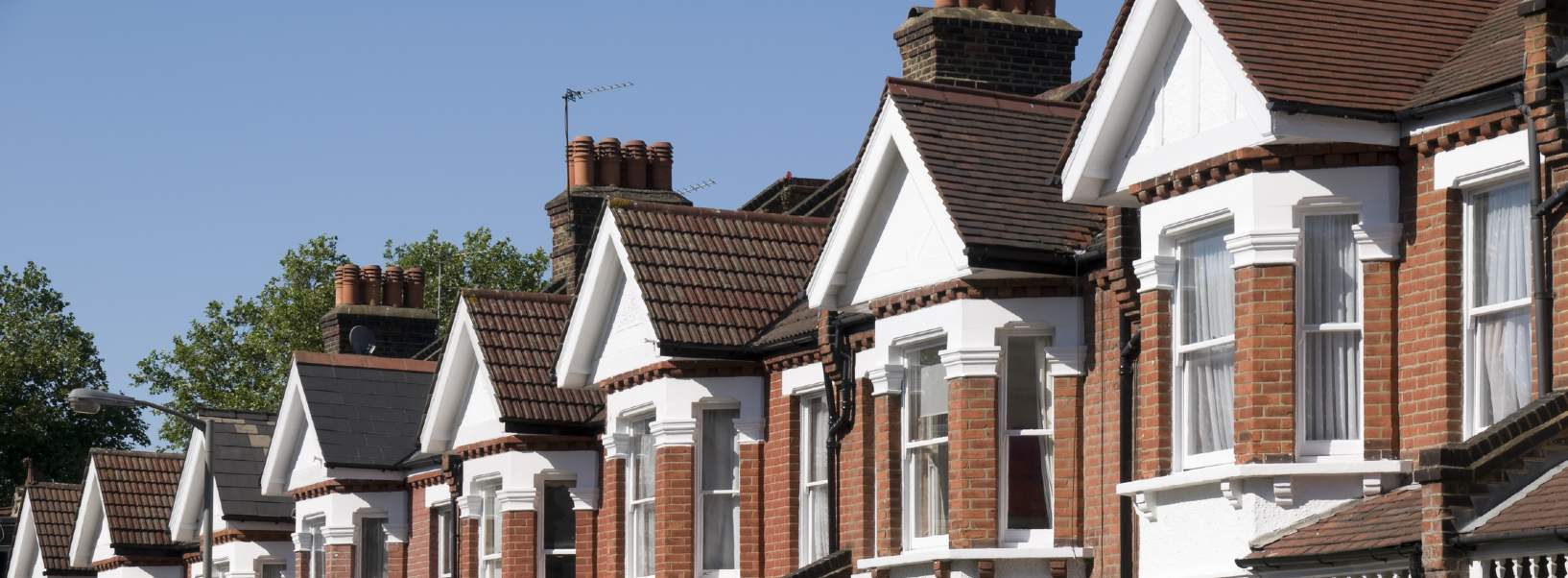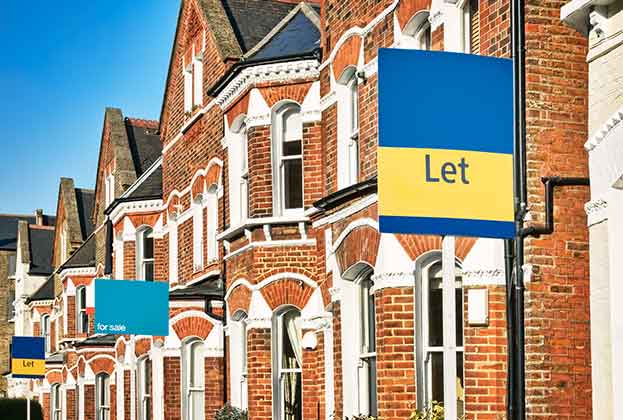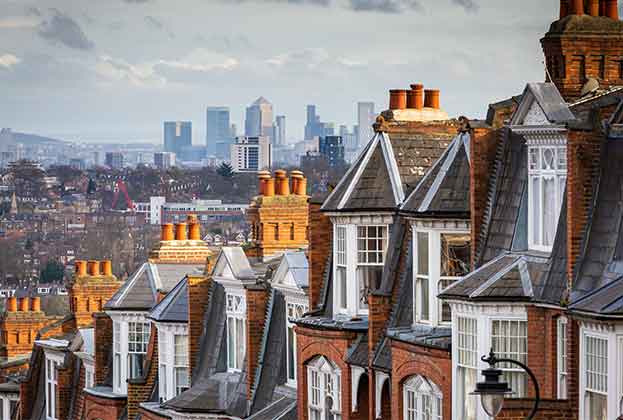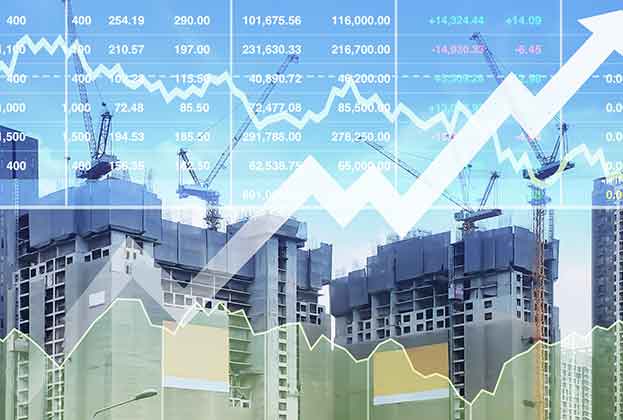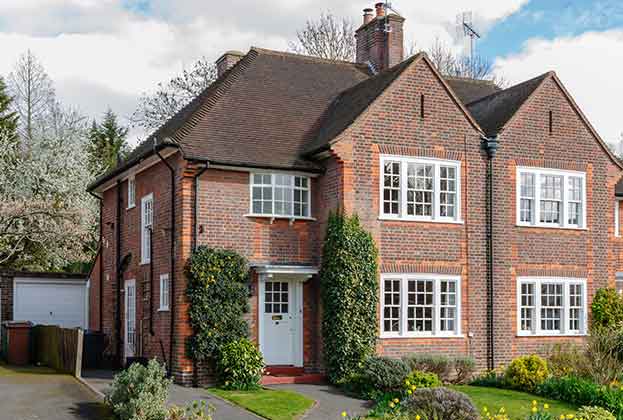Tales of the Unexpected
After the life-changing events of the preceding two years, 2022 was meant to be reassuringly uneventful as life started to return to normal post-pandemic. Things haven’t exactly turned out like that.
Yes, the effect of the pandemic on our day to day lives has dissipated. But the war in Ukraine, a rapidly shifting economic backdrop, changes in political leadership and a new monarch put paid to the notion that it would be a year of relative calm.
The selection of Rishi Sunak as Prime Minister appears to have reassured financial markets to some degree. While a great deal of economic uncertainty remains, a return to Treasury orthodoxy will help to limit risks to the downside.
A remarkable 2022
For most of the year, the housing market remained remarkably strong. We saw robust price growth over the first eight months of the year, as the micro-economics of demand and supply outweighed cost of living pressures and six successive interest rate rises.
The prime markets also saw strong activity in the first nine months of the year, with London recording the highest ever number of sales over £5m.
In simple terms, the scale of market activity in the 18 months after the housing market re-opened meant that for most of the year buyers faced a dearth of stock available to purchase. And whilst there wasn’t the same urgency to buy as during the days of the stamp duty holiday, buyers still rushed to lock into mortgage deals before the next anticipated increase in interest rates.
All change in the Autumn
But as Summer turned to Autumn, the market dynamics changed. The realisation that the Bank of England would need to go faster and further to tackle inflation was compounded by a poorly received mini-budget. Any prospect that the decisions to cap energy prices and reduce homebuyer exposure to stamp duty would give the housing market extra legs was soon dashed.
As lenders rapidly repriced and withdrew mortgage products, so the focus shifted to the sharp increase in mortgage payments faced by those coming to the end of their mortgage deals. In prime markets, less reliant on mortgage debt, the impact of higher rates was more limited. But in the debt-driven mainstream market, attention soon moved from higher rates’ impact on existing borrowers to their effect on buyers' budgets.
Quickly, the debate turned to both how far house prices might fall, having risen by 24% in the two and a half years to the end of September this year, and what would happen to housing transactions that momentarily hit 1.5m in the year to the end of September 2021 but were quickly returning to a pre-pandemic norm of 1.2m.
In a period that culminated in a succession of U-turns on fiscal policy, hyperbole ruled.
What’s hiding around the corner?
The first article in this report looks at why we still expect mainstream house prices to fall by -10% next year but end up rising by a net 6% over five years and the risks to that view.
Our prime forecast explores how the prime residential markets look set to outperform mainstream over the next five years.
Our regional breakdown shows how things will play out across different parts of the UK and why certain markets, such as the prime housing markets of central London, can buck the trend.
Our transactions forecast looks at both the short term and longer term outlook for housing market activity and specifically how first-time buyers, home movers, investors and cash buyers will be affected.
And finally we consider what this might mean for a rental market that has also seen remarkable growth but now faces increasing regulation.
